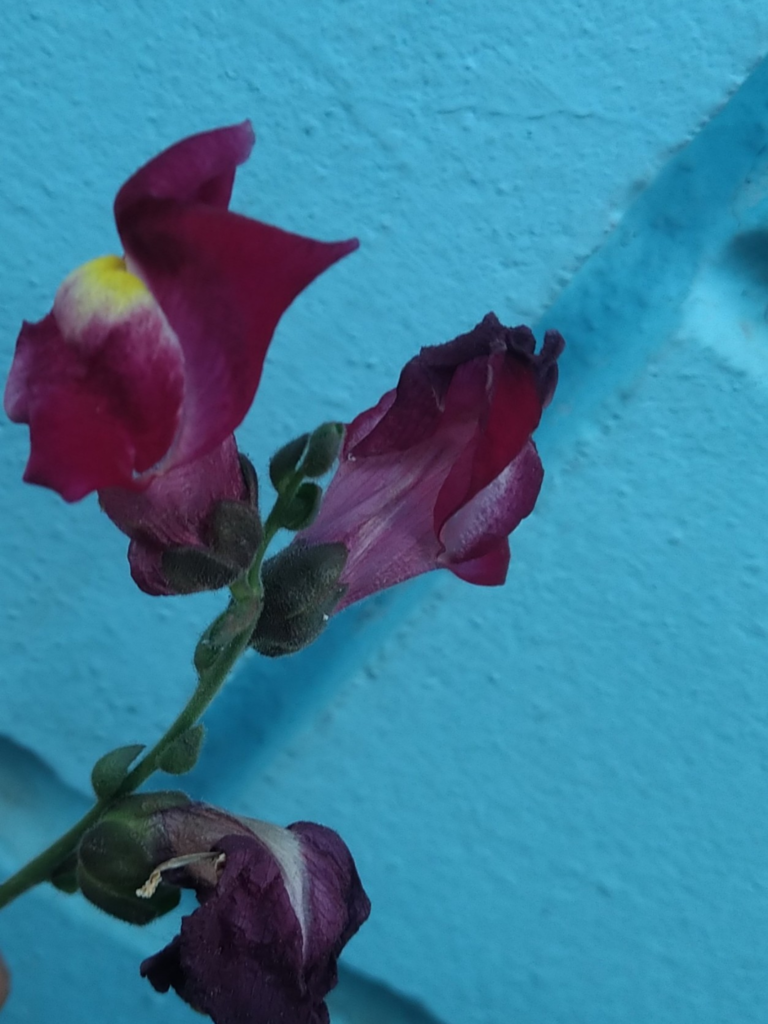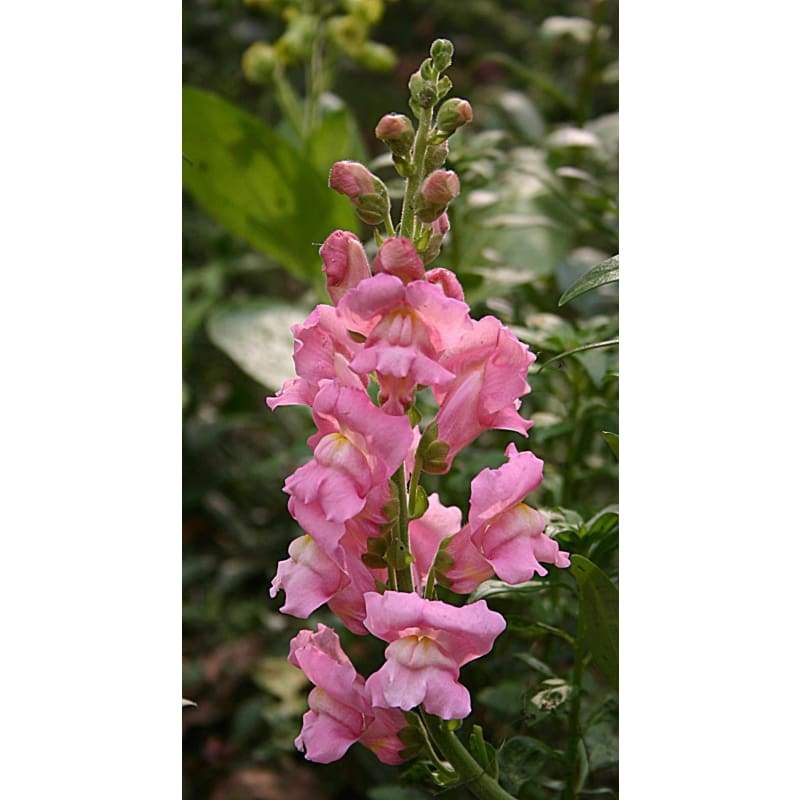
SNAPDRAGON
Snapdragon, also known as the “dog flower” or “dragon flower“, is a popular garden plant known for its vibrant, showy flowers and long bloom time. In this article, we’ll explore the history, characteristics, and uses of snapdragons.
The Importance of Antirrhinum Taxonomy and Its Inclusion in Plantaginaceae Family: A Study of DNA Sequences
Antirrhinum, also known as calf’s snout or Antirrhinum Orontium, was previously classified under Scrophulariaceae family. However, recent studies on DNA sequences have revealed that it should be included in the enlarged Plantaginaceae family, specifically within the Antirrhineae tribe.
The word “antirrhinum” has its roots in the Greek language. It is a combination of the words ἀντί anti, which means “against, like,” and ῥίς rhis, which means “nose” (GEN ῥινόϛ rhinos). The term “antirrhinum” may refer to the noselike capsule in its mature state, which is possibly why it was named as such.
Understanding the taxonomy and etymology of antirrhinum can help researchers and enthusiasts alike in identifying and classifying this plant species. With the use of long tail keywords such as “Antirrhineae tribe” and “Plantaginaceae family,” this article can rank higher in search engines, making it more accessible to those seeking information about antirrhinum.
Charcterstics of snapdragon
Snapdragons are herbaceous plant. Which actually grows to 4c feet 6 inches tall ,but it depends on the caring of plant and its variety. The shape of its leaves are ,Lance-shaped and produce long spikes of flowers. They come in different variety of colors, examples are : pink, yellow, white, red, and purple. The shape of this flower makes it unique and also its symmetrical bilaterally. When the flowers are squeezed or brushed, they open and closes its flower like a dragon’s mouth, which is why they are also called dragon flowers.

Uses of Snapdragon
Snapdragons are ornamental plants. Which grows in gardens and flower beds. They are also popular for use in cut flower arrangements due to their long-lasting blooms and range of colors. In addition, Snapdragon works as a traditional medicine to treat a variety of ailments, including inflammation, coughs, and sore throats.
Cultivation of Snapdragon
Snapdragons are easy to grow and care . They prefer full sun to partial shade and well-drained soil. They should be watered regularly, but not overwatered, as this can lead to root rot. Deadheading the flowers can promote continued blooming throughout the growing season. Snapdragons are also susceptible to certain pests and diseases, including aphids and powdery mildew, so it is important to keep an eye out for signs of infestation and treat as necessary.
